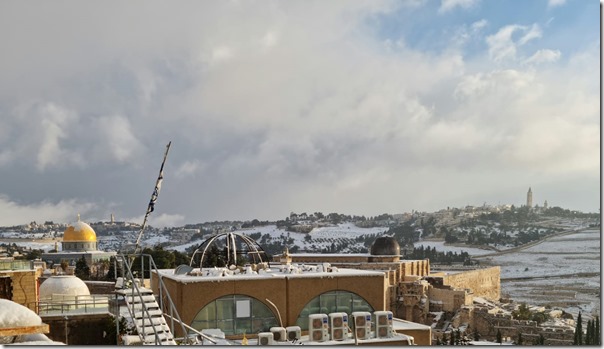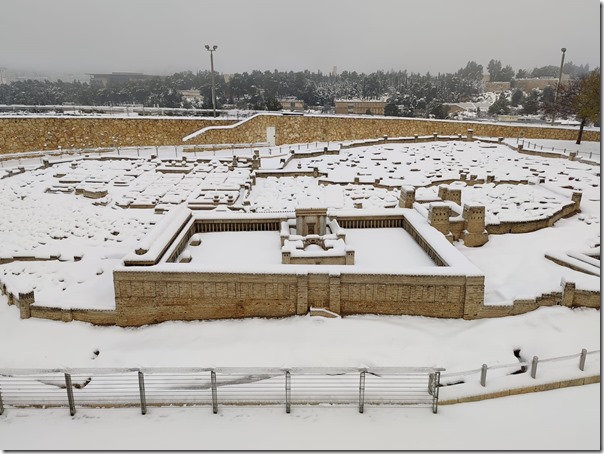A tourist found an intact clay pot in Qumran Cave 53.
Steven Notley not only wants to convince you that Bethsaida was located at el-Araj but also that Peter’s house was there and not under an octagonal church in Capernaum.
Chris McKinny and Mary Buck discuss the discovery and significance of the Lachish Letters on the Biblical World podcast.
Online Colloquium on March 10: A Brief History of Tel Azekah: Towards the Tenth Excavation Season at the Site. Register at the excavation’s official website. Since a list of topics doesn’t seem to be online, I am including them here:
- Opening Remarks, Oded Lipschits
- The Shephelah in the 2nd Millennium BCE: A View from Tel Azekah, by Sabine Kleiman, Helena Roth & Oded Lipschits
- The History of Azekah in the Light of the Coin Findings, by Manfred Oeming
- Trouble Brewing from the North: Excavations in Area N1, by Josef Briffa
- The House of the Rising Sun: the LB Temple of Area E3, by Nitsan Shalom & Hannah Ripps
- When the Breeze Blows South: Life and Death in Area S1, by Alexandra Wrathall
- Facing Azekah: The Entrance to the Tel from Area S3, by Helena Roth
- Wild Wild West: Excavating the Unknown in Area W1, by Abra Spiciarich & Maddison Quail-Gates
ASOR’s Annual March Madness Challenge this year is to support The Levantine Ceramics Project—an open, interactive website focused on ceramics produced in the Levant from the Neolithic era through the Ottoman period.
Hybrid workshop on March 10: “Legacy Collections, White Levy, and the Case of Tel Yaqush,” by Yorke M. Rowan.
Enrollment in academic programs related to the land of Israel has dropped significantly in the last decade.
I am a guest again on Digging for Truth, this time discussing the Babylonian destruction of Jerusalem. In this first of two parts, our focus is on the situation in Judah’s final days, including the eyewitness testimony provided by the Lachish Letters.
HT: Agade, Joseph Lauer, Arne Halbakken, Explorator

